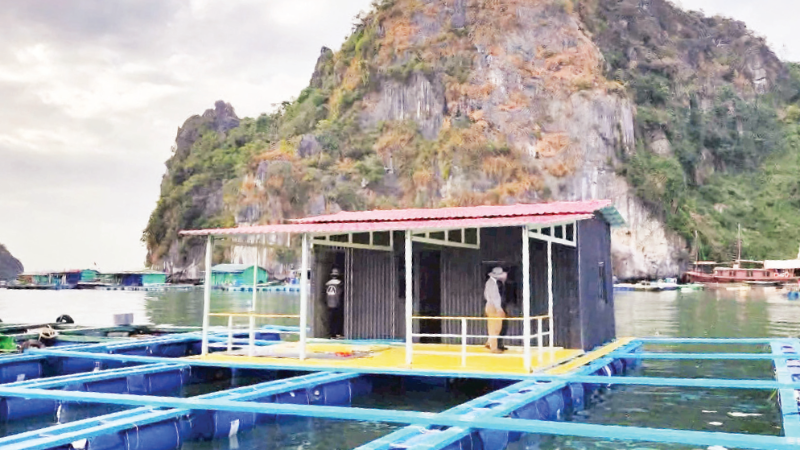
In Decision No. 1664/QD-TTg, dated October 4, 2021 of the Prime Minister approving the Project on developing marine aquaculture to 2030, with a vision to 2045, the goal is set for the whole country to reach 300,000 hectares of farming area; 12 million cubic meters of farming cages; 1.45 million tons of output by 2030. The project aims to develop marine aquaculture into a large-scale, industrial, synchronous, safe, effective, sustainable and environmentally friendly commodity production industry; create branded products, meet the needs of the domestic and export markets; create jobs, improve socio- economic conditions, increase income...
According to the report of the Ministry of Agriculture and Environment , our country currently has nearly 10,000 marine farming facilities, most of which are in coastal waters (under three nautical miles). The main farming objects are fish, shrimp, and mollusks. The farming technology is mainly old technology, and advanced science and technology have not been applied to production. This creates certain limitations for marine farming if it wants to achieve the goals set out in Decision No. 1664. However, our country has mastered the technology of producing important aquatic and marine species with high economic value; researched and mastered the technology of farming, exploitation, preservation, processing..., and feed production formulas. Recently, some experimental models of recirculating aquaculture (RAS), integrated multi-nutrient aquaculture (IMTA), HDPE cage production technology... have shown positive results and can be widely applied in Vietnam's seas.
In addition, in recent years, some enterprises have implemented marine farming projects in waters beyond three nautical miles and achieved positive results. This shows that Vietnam's marine farming potential to achieve an export turnover of 2 billion USD by 2030 is completely feasible.
However, the slow application of advanced production technology can be a barrier preventing the marine aquaculture industry from achieving its goals. For example, in Quang Ninh, one of the localities with a developed marine aquaculture industry. Up to now, the province has planned 45,146 hectares of marine area and has assigned 26 organizations with an area of 1,493.52 hectares. The assignment of marine areas to organizations and enterprises is for the purpose of large-scale marine aquaculture exploitation. However, the assignment of nearly 465 hectares of marine area to 755 individuals for exploitation shows fragmentation and short-term vision, limiting the ability to create high value chains of the marine economy as well as increasing the risks of environmental pollution, epidemics, etc.
In the world today, especially in countries with developed marine aquaculture industries such as China, Japan, the United States, Norway, Chile, etc., the application of technology as well as the deployment of supporting economic sectors has turned marine aquaculture into an industry that brings high value in the circular economic chain.
According to Associate Professor, Dr. Thai Thanh Binh, College of Economics, Technology and Fisheries, the world is currently using many advanced technologies in marine aquaculture. Specifically: Deep-sea and semi-submersible cage systems, using materials and designs that can withstand hurricane-level storms and advanced anchor systems; semi-closed marine aquaculture systems (SCCS) that are environmentally friendly, low cost, and capable of reusing waste products; marine farms that apply artificial intelligence (AI) and integrate the Internet of Things (AIoT) to improve efficiency, sustainability and environmental protection; using robots, autonomous vehicles, drones and automation of marine aquaculture to reduce costs and improve safety.
According to research by the Aquaculture Research Institute I, Vietnam's sea areas are suitable for implementing IMTA technology. This is a sustainable, circular farming model of the food chain. The principle of IMTA is exploitation and conversion through diversification of livestock species. This technology helps reduce costs, utilize waste products, limit environmental impacts and reduce risks for marine farmers.
However, to ensure the effectiveness of marine aquaculture, especially in remote areas, adequate energy supply and green infrastructure are necessary. Nowadays, with the development of marine renewable energy, using this energy source is a feasible solution. In addition, sustainable feed solutions, biotechnology and blockchain technology are also conditions to increase the success rate of marine aquaculture...
Marine farming in our country is still spontaneous, small-scale, with little or no application of advanced technology in production. Supporting solutions have not been deployed synchronously. Marine farmers have not been trained to a suitable level... Without a comprehensive and synchronous strategy, marine farming will find it difficult to develop sustainably and become a large-scale commodity production industry as expected.
Associate Professor, Dr. Nguyen Huu Dung, Chairman of Vietnam Seafarming Association
Associate Professor, Dr. Nguyen Huu Dung, Chairman of the Vietnam Seafarming Association, said: Seafarming in our country is still spontaneous, small-scale, with little or no application of advanced technology in production. Supporting solutions have not been implemented synchronously. Seafarmers have not been trained to a suitable level... Without a comprehensive and synchronous strategy, it will be very difficult for seafarming to develop sustainably and become a large-scale commodity production industry as expected.
On that basis, Associate Professor, Dr. Nguyen Huu Dung proposed that management agencies and policy-making agencies should soon plan marine and coastal spaces for marine aquaculture development, especially in the industrial and large-scale direction; increase the application of new science and technology, digital transformation in production; promote administrative reform; consider long-term allocation of marine areas to organizations and enterprises; gather and assemble individuals into an organization, like a cooperative; strengthen state management; promote the construction, association and combination of supporting economic sectors.
Source: https://nhandan.vn/ung-dung-khoa-hoc-cong-nghe-cho-nghe-nuoi-bien-post919754.html


![[Photo] Prime Minister Pham Minh Chinh chairs the second meeting of the Steering Committee on private economic development.](https://vphoto.vietnam.vn/thumb/1200x675/vietnam/resource/IMAGE/2025/11/01/1762006716873_dsc-9145-jpg.webp)









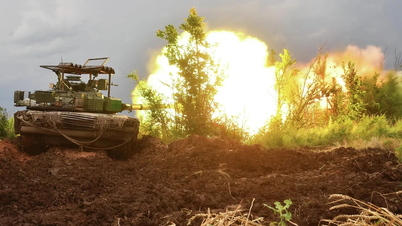








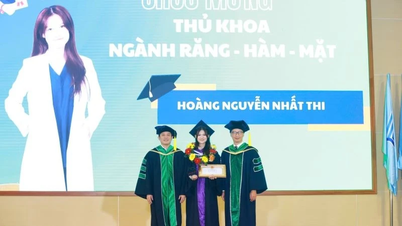
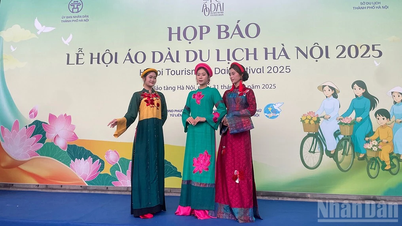

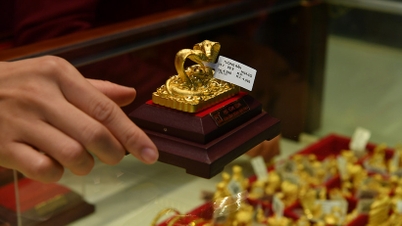

![[Video] Under the glorious flag: The 1st National Party Congress – A milestone in the restoration and unification of the revolutionary movement](https://vphoto.vietnam.vn/thumb/402x226/vietnam/resource/IMAGE/2025/11/02/1762059229705_do-do-minh-hoa-tinh-te-ban-hieu-toi-ro-den-muc-nao-le-tinh-nhan-ban-thuyet-trinh-tinh-yeu-jpg.webp)
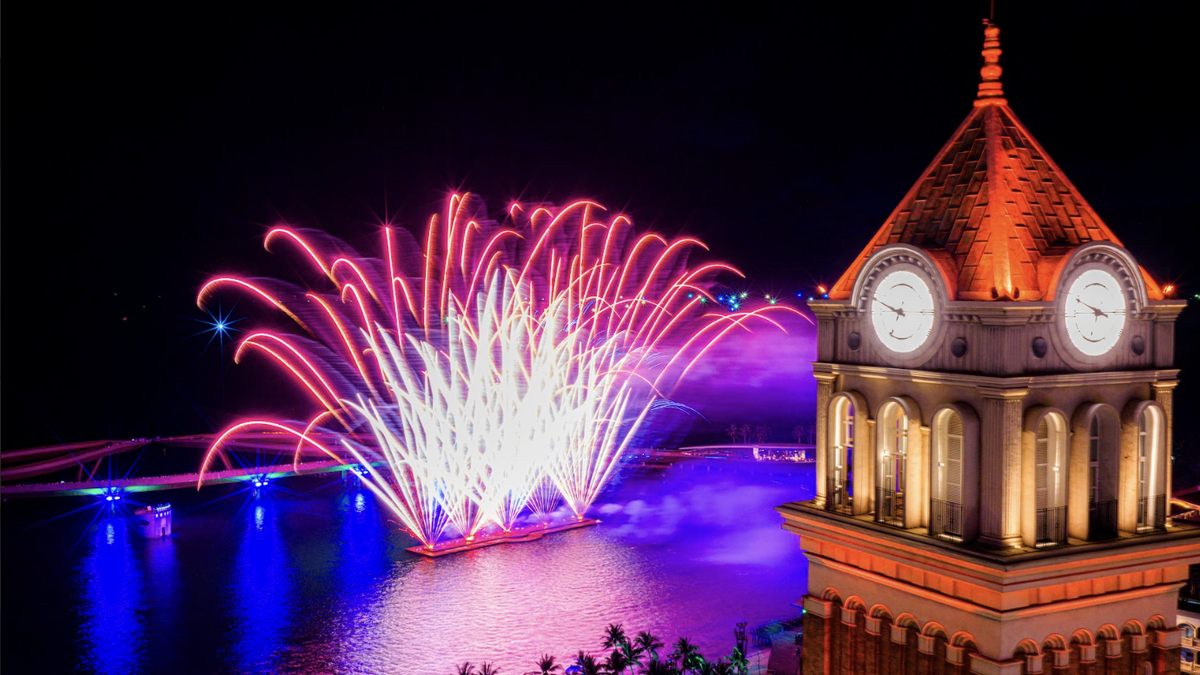




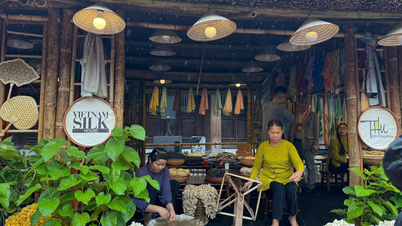





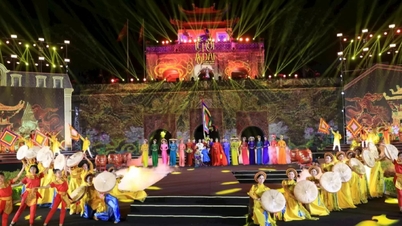









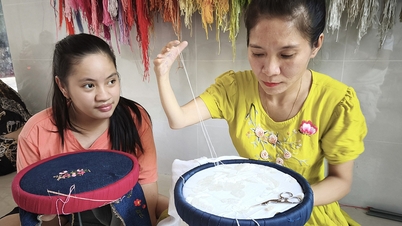













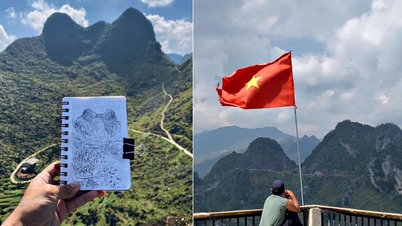



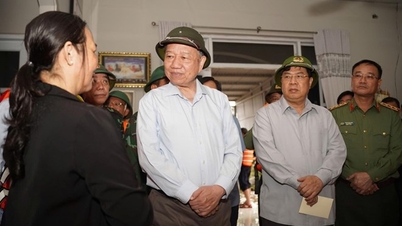


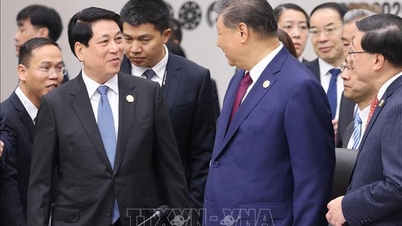





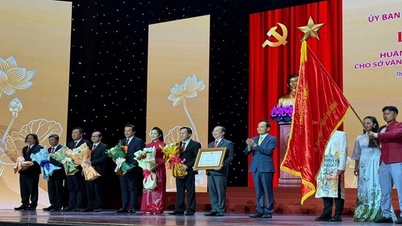



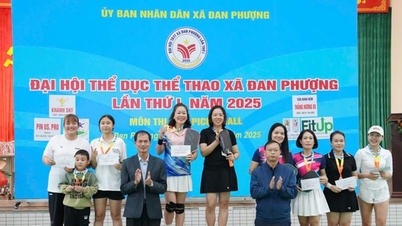



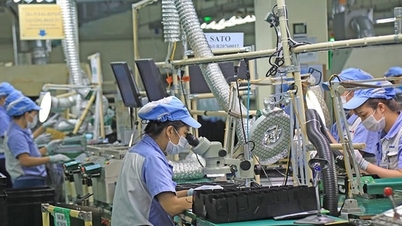
















Comment (0)